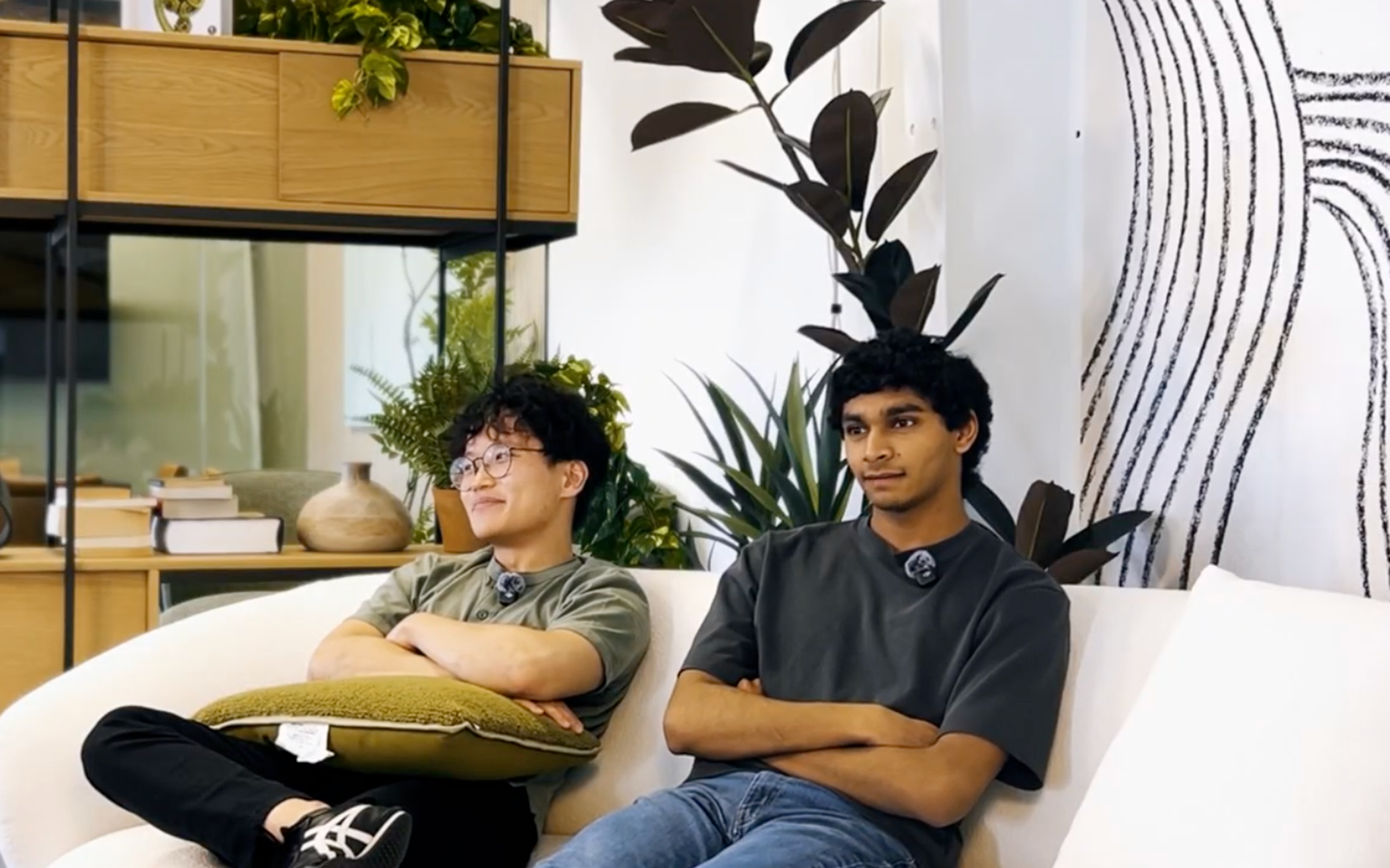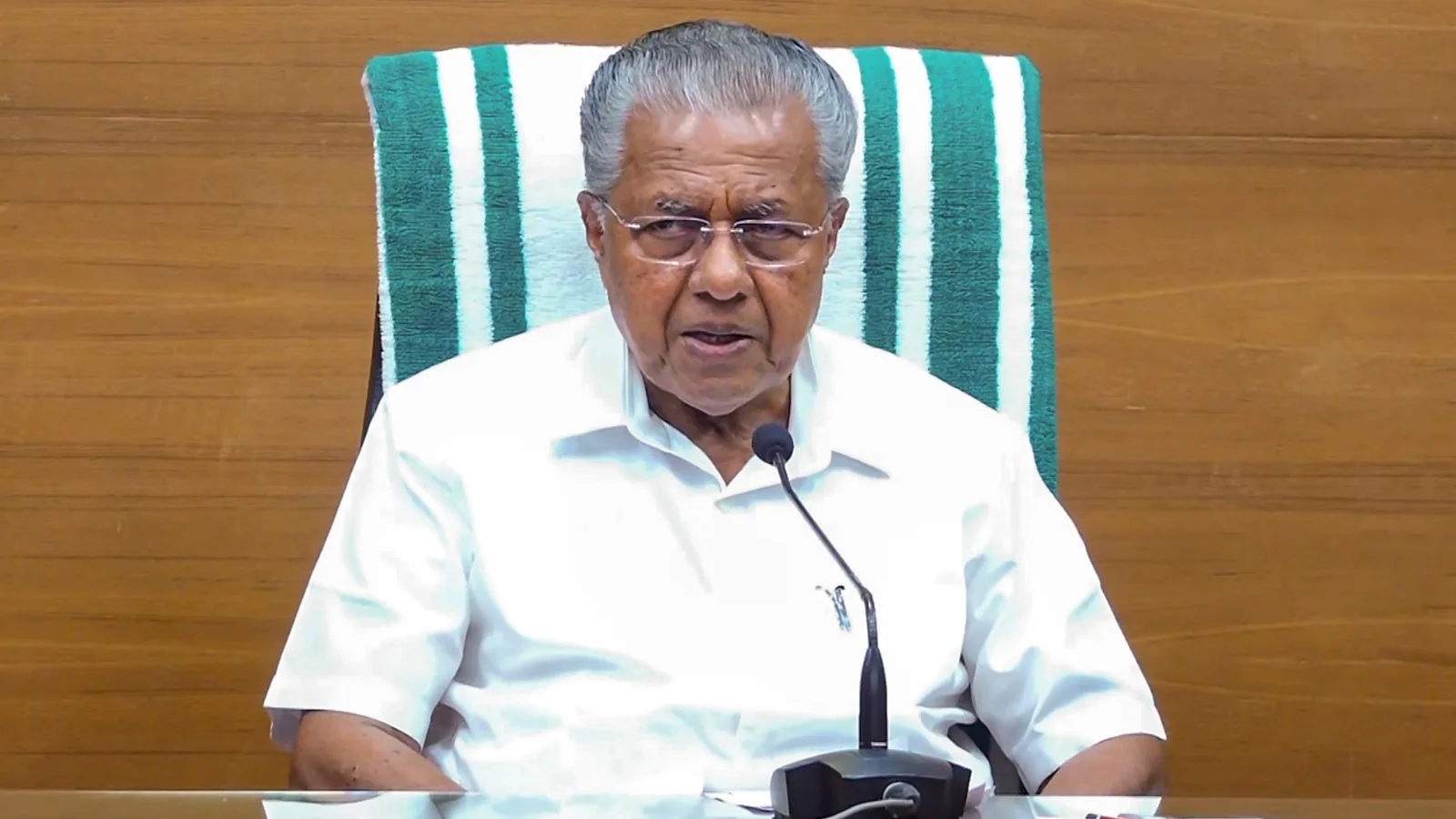Copyright International Business Times

Hollywood is changing in unexpected ways. Studios are now experimenting with AI voice technology to dub movies, replace missing dialogue, and even bring old characters back to life. What started as a cost-saving tool is slowly becoming a creative revolution. For Gautham Venkateshwaran, a young engineer who builds AI voice agents at Toma, this shift feels familiar. The same technology that once helped car dealerships communicate with customers is now being applied to film sets and game studios. As AI voices become more expressive and human-like, they're no longer just answering phone calls. They're starting to tell stories. The Rise of Synthetic Voices in Entertainment In the past, recording voices for movies or games required many hours, multiple retakes, and a substantial budget. Today, AI voice actors can do it in seconds. These innovative computer models can mimic accents, display emotions, and adjust tone, much like real people. These models are trained on thousands of voice samples to mimic real speech patterns, breathing, and emotion with incredible accuracy. Major entertainment companies are already using this technology. Respeecher recreated young Luke Skywalker's voice in Star Wars. ElevenLabs is being used by indie game studios to create hundreds of unique character voices. Netflix has started testing AI narration to make localisation faster and more natural. The creative benefits are enormous. Directors can instantly test new dialogue ideas. Game developers can bring hundreds of background characters to life without hiring massive teams. Independent creators can now create high-quality voiceovers without huge budgets. AI voice technology is making the creative process faster, cheaper, and more flexible, unlocking new opportunities for artists everywhere. How AI Gained Expressiveness Through the Automotive Industry? Long before AI voices reached movie studios, they were learning empathy in a very different place, car dealerships. Gautham's journey into expressive AI began during his early hackathon projects, where he built prototypes that could detect tone and emotion in human speech. One project, designed for use in healthcare and education, aimed to make machines sound more understanding, not robotic. These ideas became the foundation for his later work at Toma, a Y Combinator–backed startup that builds AI voice agents for the automotive industry. At Toma, Gautham helped develop AI systems that could sense context and emotion. When a customer called about a delayed repair, the AI would respond calmly and apologetically. When confirming a service booking, the message should sound cheerful and clear. Through careful tuning of tone, pacing, and sentiment detection, Gautham made voice agents that could speak like humans, polite, adaptable, and expressive. The expressiveness gave Toma's technology a human edge. Customers began to trust and enjoy speaking to these AI agents because they sounded genuinely attentive. Now, the same expressive technology that improved dealership conversations is being adapted for storytelling. In films, games, and animation, emotional tone and nuance are everything. The empathy that began in customer service is now inspiring the next generation of digital performers. From Customer Calls to Character Voices The jump from customer conversations to character dialogue might sound huge, but the underlying technology is surprisingly similar. The same real-time APIs, WebRTC streaming, and expressive voice models that enable Toma's AI to interact naturally with customers are now being utilised to create believable characters in entertainment. In both worlds, the key challenge is the same: how to make machines sound human, not mechanical. For Gautham, this connection is exciting. The AI that helps a mechanic explain repair updates can just as easily play the role of a friendly NPC in a video game or a background actor in a movie scene. What matters most is clarity, tone, and emotional qualities that Toma's voice systems already master. By refining timing, reaction speed, and emotional delivery, technologies once built for phone conversations are now being tested for real-time dubbing, interactive game dialogue, and adaptive storytelling. The automotive world might have trained these AIs for precision, but entertainment is giving them purpose. Challenges of an AI-Driven Industry (200) As AI voices enter creative spaces, they bring both excitement and concern. Many voice actors and unions worry about the unauthorised use of their voices or losing work to digital copies. The question of who owns a voice and its likeness has become one of the biggest debates in the entertainment industry. Developers like Gautham and his peers understand these concerns. They believe the future of AI in entertainment depends on ethical development, making sure every dataset is trained with explicit consent and transparency. Voice replication should never happen without permission, and every artist deserves fair credit and compensation. There are also legal grey areas still being shaped, such as how royalties should work when an AI-generated voice performs in a commercial product. Balancing innovation with ethics is key. For responsible creators, the goal isn't to replace humans. The goal is to give them new creative tools. Coexistence, Not Replacement The most promising future for AI voices isn't one where humans are replaced, it's one where they work together. AI can act as a creative assistant. For instance, filmmakers can utilize AI voices as temporary dialogue during scene editing and later replace them with real actors. Game developers can prototype storylines faster using AI-generated character dialogue before final voiceovers are recorded. Even small creators on platforms like YouTube can use these tools to add narration in multiple languages, reaching audiences they never could before. This coexistence model saves time and resources, especially for independent studios with small budgets. Instead of limiting artistic freedom, it expands it. The goal isn't to remove the human touch. It's to amplify it. AI voices can handle routine work, leaving more time for human actors, writers, and directors to focus on emotion, storytelling, and depth. It's not competition, it's collaboration. A Future Where Every Voice Has a Story AI voice technology has moved far beyond call centres and customer support. It's now stepping onto Hollywood sets, into animation studios, and even game design labs. Gautham's work with expressive AI agents at Toma shows how powerful and flexible this technology has become, born in business, now thriving in art. As AI voices learn to act, feel, and respond, they remind us that technology can also be creative. The next time a digital character makes you laugh, cry, or think, remember, somewhere behind that voice might be a piece of code shaped by people like Gautham.



